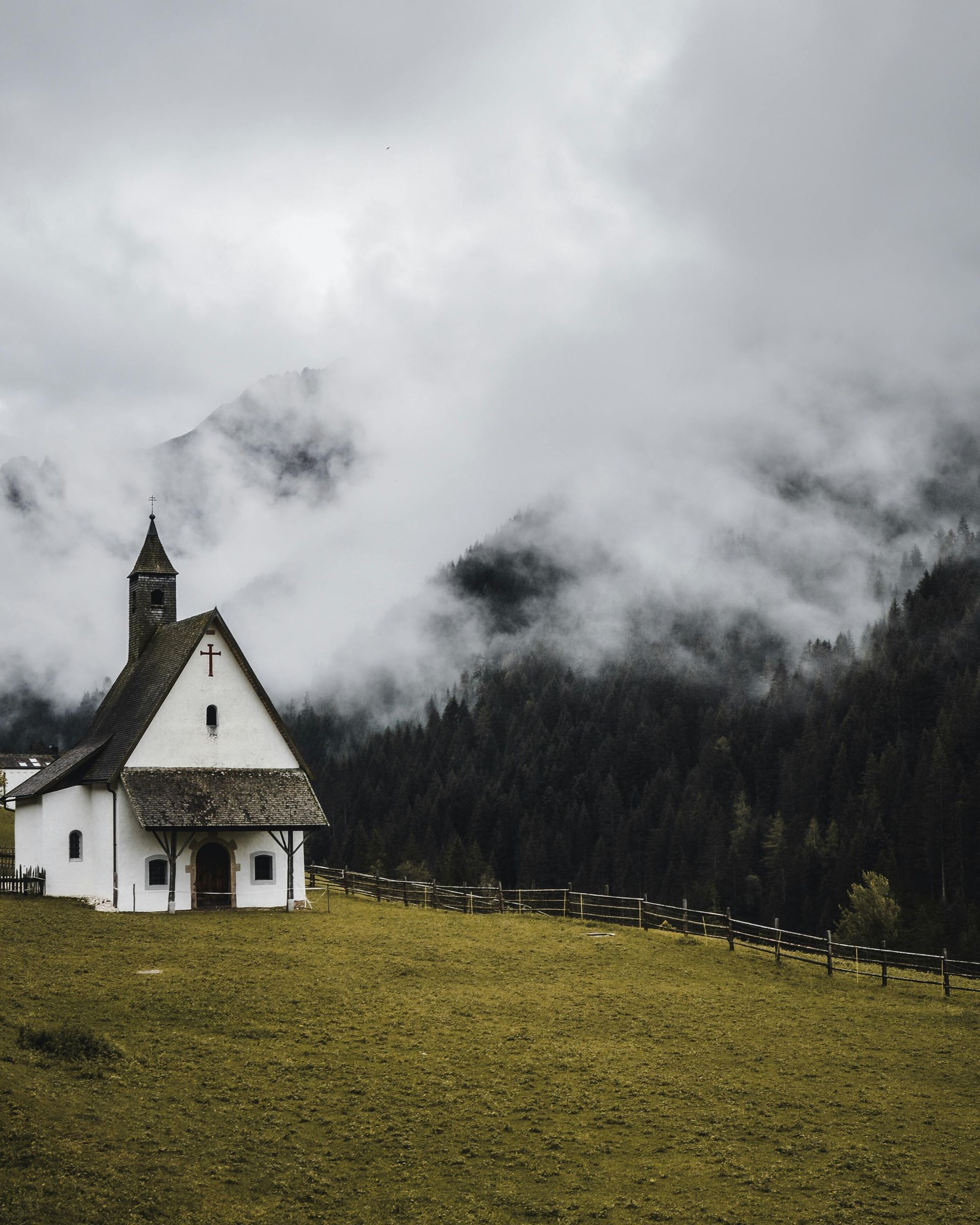Churches
Churches of the 1960s Faced Challenges Similar to Today’s: A Look at the Evolution of Faith Communities
Navigating the history of older neighborhoods and small towns, it's evident that many churches in the 1960s had to adapt to the shifting landscape. Although it may not be the ideal term to describe their transformations, it begs the question: what should we call it instead? Those who left their 1960s hometowns for various reasons—relocation, new experiences, or military service—often returned to find their once-familiar churches dramatically altered. You might be surprised to discover whether your church still stands. It makes sense; as people changed their residences, so did their church affiliations.
Take, for example, a drive from any city to a nearby suburb. You would likely encounter a plethora of churches along the route, with sizes that are significantly larger than those of the past. This phenomenon has led to the rise of 'mega churches.' However, at what point do we classify a church as such? Is it based on a membership of over 1,000, or is it 5,000?
In the 1960s, it was uncommon for churches to also house schools and daycares, whereas today many operate six days a week. Additionally, attending services back then often meant dealing with hot summers and chilly winters; yet, it was something we accepted without complaint.
Change was inevitable and profound, but ultimately, the most crucial lesson imparted by the churches of the 60s was foundational: they taught us essential values that shaped us into better individuals in countless ways.

Churches in the 1960s were often situated in some of the most secluded areas. Without guidance from a family member familiar with the route, it would prove quite difficult for families to attend on time.
In summary, churches of the 1960s were:
1.
One main building for service; hand fans if you were hot and sit close to a stove if you were cold, benches outside for eating, etc.
2.
One preacher, that would have another full time job, or another church to pastor.
3.
Building was literally vacant, monday to friday.
4.
Approximately 35-90 members each Sunday.
Contact us
Contact us any time
Thank you for contacting us.
We will get back to you as soon as possible.
We will get back to you as soon as possible.
Oops, there was an error sending your message.
Please try again later.
Please try again later.

